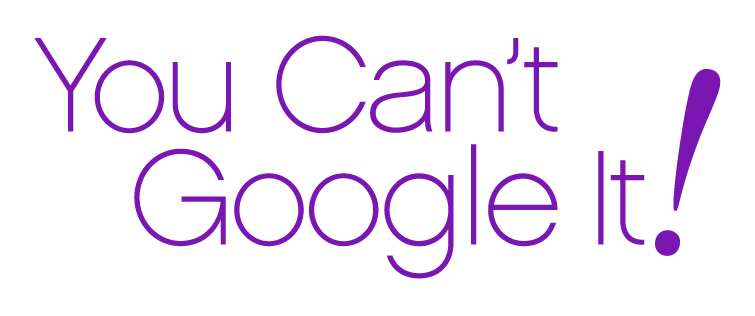Why We Need a New Slant on Mentoring for All Generations -- Part One
/Demographers are projecting that the two youngest generations at work today will account for about three-quarters of American workers in less than 10 years. Today, Millennials alone make up the biggest single block of the U.S. labor pool. With different perspectives, habits and preferences, it’s increasingly clear that what satisfied and motivated older workers won’t be the secret sauce for the entire workforce. For people in leadership roles, that means rethinking and recalibrating their view of mentorship.
What’s high on the minds of people across the spectrum of the workforce (in addition to pay)? How can mentors provide the best value?
Organizational culture and issues surrounding social justice and Diversity, Equity, Inclusion and Belonging (DEI&B) initiatives are high on the Millennials’ and Gen Z’s agenda. Whether colleagues, workers you manage or in other relationships, mentoring may differ somewhat or a lot among the different generations. Understanding how to mentor workers in all generations can be the difference between allowing their uniqueness, energy, wisdom and contributions to enhance an organization’s operations or go untapped and for them to go elsewhere.
Motivated or disengaged?
Regardless of age, mentoring any individual or team, requires tapping into their motivations — their “why” and “purpose”.— the logic and reasoning that explains how things are done the way they are and affecting organizational culture. Identifying individual purpose and motivation is crucial in aligning organizational values and culture to produce improvement and growth.
Instead of simply accepting direction and immediately taking action, Gen Zers and Millennials are more likely to want a dialogue with their managers and leaders about why something is done, what the end result is supposed to be, and especially how it will affect them. Conversely, they want to know how their actions affect the company at large, as well as how their values and role can best mesh with the company’s culture and goals.
It’s a two-way proposition. When leadership takes the time to explain the motivation for decisions and the company’s perspective, young employees feel heard and included in the enterprise. Both cohorts are driven by empathy and can be very understanding about the needs of the business.
Gen Z and Millennials tend to be less motivated than their older co-workers by “winning at all costs.” Younger generations are on the lookout for win/win situations. When leaders and mentors understand their motivations, they can succeed in getting these workers to not only be productive, but also focused on the mission of the business.
Given their different perspectives and shifting values, factors that drive Millennials and Gen Zers to work and perform well at their jobs are likely to differ from those that motivated workers of older generations.
The younger generations are more motivated by their emotional and other wellness needs being met, as well as their physical, tangible/financial needs. Purpose, meaning and satisfaction in their work have become top of mind. While those things may have been on the minds of previous generations also, they were not on the business agenda and ripe for discussion with most leaders and managers. Now if those elements are missing, all generations are tempted to look elsewhere. And that is being manifested more recently by every generation and age cohort.
Good mentors of any age or generation need to understand typical generationally-related motivations to create a workplace and an environment in which all generations can thrive in harmony with each other.
Look for Part Two to learn how to pivot to the new mentoring mindset and process to benefit all generations.
Call to Action: How is mentoring working in your organization? Contact me at pwhaserot@gmail.com to set up a conversation to have your mentoring questions answered.`
© Phyllis Weiss Haserot 2023



